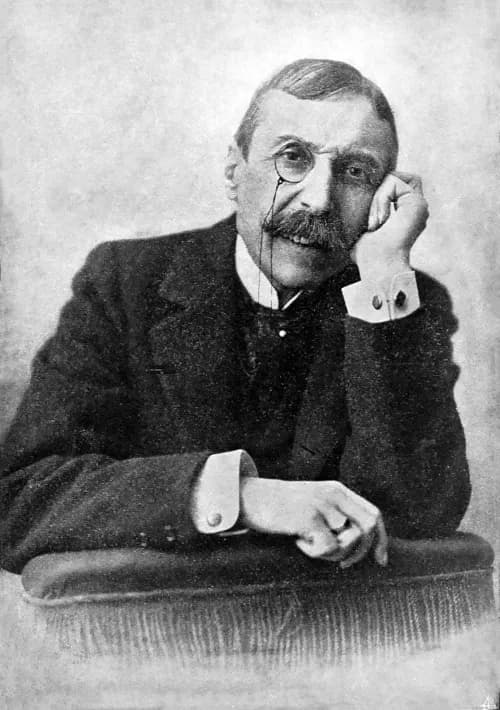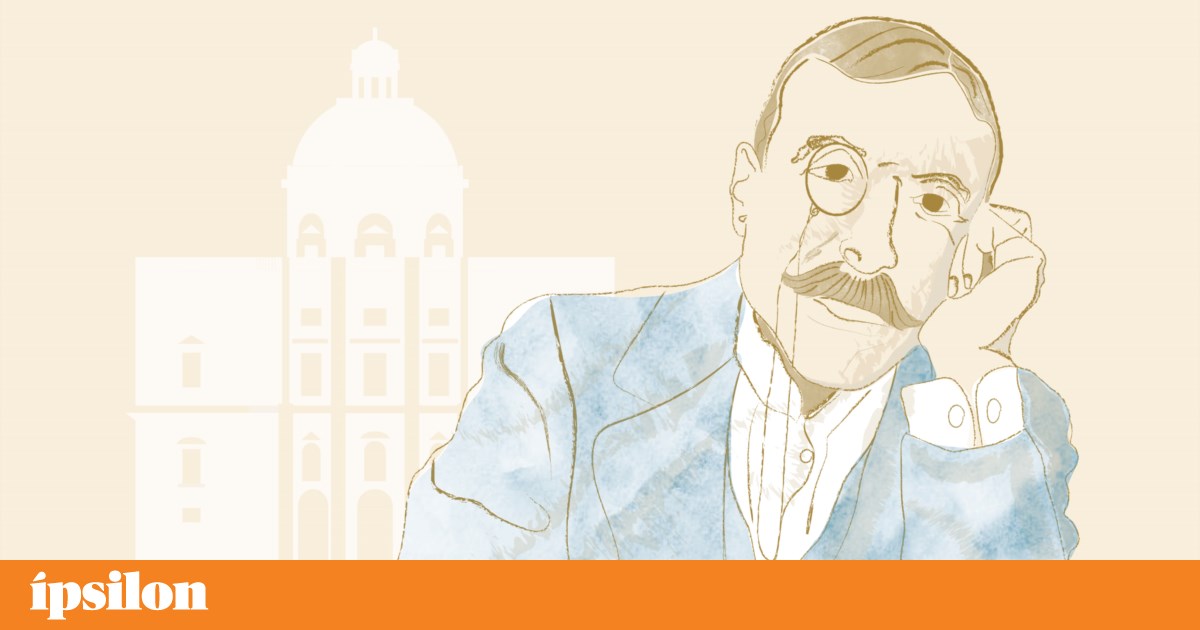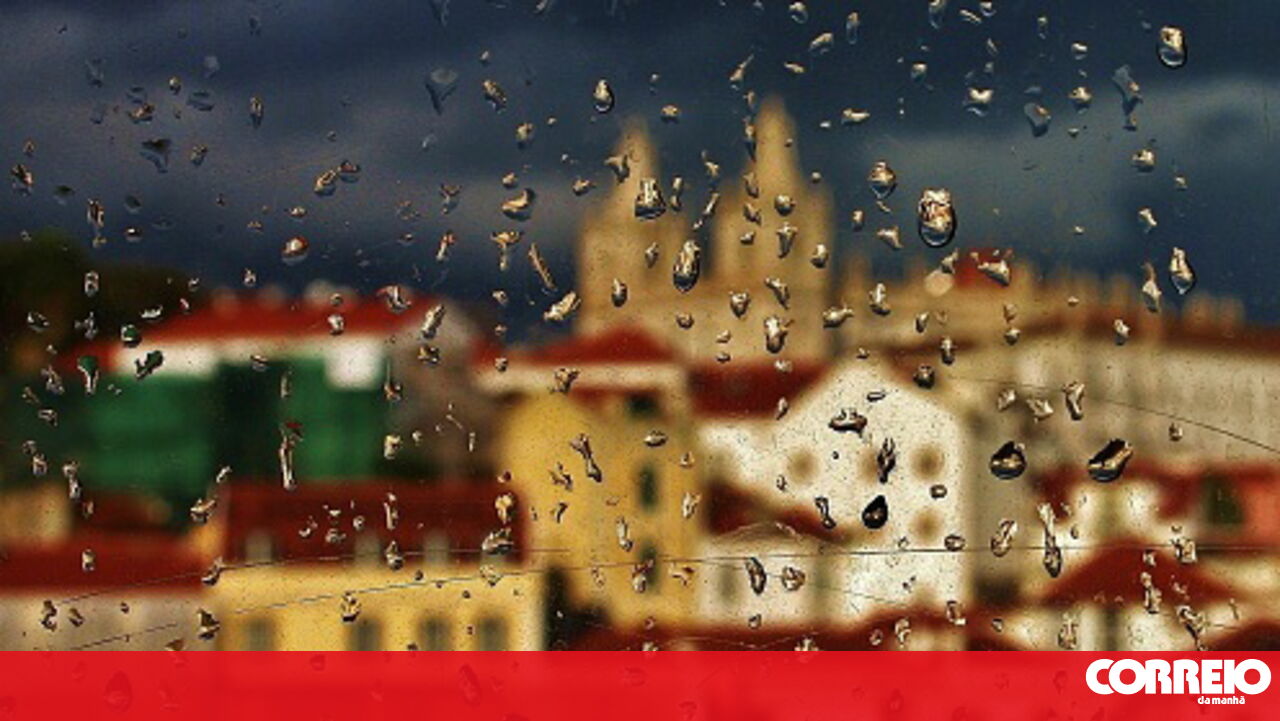The National Pantheon Welcomes Eça de Queiroz
Inaugurated in 1966, the National Pantheon honors the memory of Portuguese individuals deemed deserving of special recognition by the country. This week, the renowned novelist Eça de Queiroz, known for his sharp and entertaining critiques of national mediocrity, joins this prestigious assembly of illustrious Portuguese figures.
A Brief Biography of Eça de Queiroz
Born in Póvoa de Varzim on November 25, 1845, Eça de Queiroz authored some of the most notable 19th-century Portuguese novels, including O Crime do Padre Amaro, O Primo Basílio, A Relíquia, and his masterpiece Os Maias. A pioneer of realist literature, his works provide a critical and incisive portrayal of society during his time.
Eça studied Law in Coimbra, where he met fellow members of the Generation of 70, including Antero de Quental. Alongside Ramalho Ortigão, he co-authored O Mistério da Estrada de Sintra and wrote satirical chronicles in As Farpas.
Diplomatic Career and Legacy
In 1872, Eça began his diplomatic career, serving as consul in Havana, Newcastle, Bristol, and Paris. Literary expert Carlos Reis notes that his prolonged absence from Portugal allowed him to develop a critical perspective on both his homeland and its language, enriching Portuguese culture like no other.
Eça passed away on August 16, 1900, in Neuilly-sur-Seine, near Paris. His state funeral took place in Lisbon, where he was originally buried in the Cemetery of Alto de S. João. In 1989, his remains were transferred to a family grave in the Cemetery of Santa Cruz do Douro, near his foundation's location at Casa de Tormes. His recent admission to the Pantheon sparked controversy, particularly in Baião, where locals expressed dissatisfaction over losing Eça's remains to Lisbon, as did some of his heirs.
The National Pantheon: A Place of Honor
The National Pantheon was established to commemorate those who have made significant contributions to Portugal. It serves as a final resting place for many prominent figures from various fields, ensuring their legacies endure in the collective memory of the nation. Eça de Queiroz’s inclusion is a testament to his lasting impact on Portuguese literature and culture.






















Comments
Join Our Community
Sign up to share your thoughts, engage with others, and become part of our growing community.
No comments yet
Be the first to share your thoughts and start the conversation!